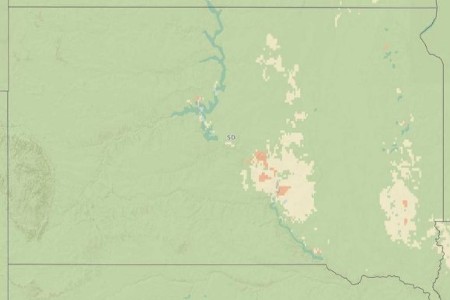By Emmanuel Byamukama and Shaukat Ali
Most of the spring wheat is at or will soon be at flowering. One disease that can develop in wheat at this growth stage is Fusarium head blight (FHB or scab). The FHB pathogen infects the wheat head through the senescing flowers and can cause reduced yield and accumulation of mycotoxins, mainly deoxynivalenol (DON). Wheat grain with more than 2ppm of mycotoxins can be docked for price at the elevators.
The only in-season FHB management strategy is timely application of a fungicide at flowering. Since by the time FHB symptoms develop, it would be too late to apply a fungicide. An FHB prediction tool can be very helpful in gauging the risk for FHB. The FHB risk prediction tool uses rainfall/relative humidity and temperature to determine the risk level. Rainfall from wheat heading through flowering is the main risk factor for FHB. As of June 25, the FHB risk is showing to be moderate to high for a few areas in the eastern half of the state. For fields in these areas where spring wheat is at flowering, a fungicide is recommended to manage FHB.

Figure 1. Predicted Fusarium head blight risk as of June 25, 2020.
A few fungicides that are effective against FHB include Prosaro, Miravis Ace and Caramba. These fungicides have been tested widely in the region and provide protection against FHB and other fungal leaf diseases. Based on diseases developing in winter wheat such as powdery mildew, stripe rust, leaf rust, and tan spot; a fungicide applied for FHB management would also protect against these fungal leaf diseases.
Source : sdstate.edu